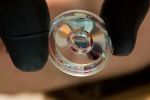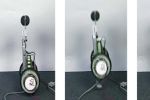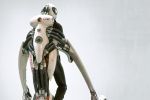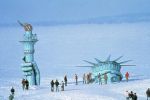Google’s mobile guru, Rich Miner, describes what it takes to make a phone truly open-source
By Gregory Mone
Posted 11.06.2020 at 3:35 am
When Google squelched rumors of the all-powerful “G-phone” last November, we admit we were a bit bummed. Instead of an inexpensive smartphone that would free us from our carrier overlords, Google had been working on software—an open-source, mobile operating system called Android. Great name, but will unlocking cellphone code really change things for consumers?
Miner says that more than 750,000 developers have downloaded the tool required to write an Android-based program, four times as many as accessed the iPhone’s tightly regulated kit. That means Android users could have far more mobile applications to choose from. But we still don’t know how those apps will stack up next to Apple’s. Android-equipped phones—set to go on sale this summer—should be less expensive than the iPhone, since manufacturers won’t have to pay licensing fees for the software. But instead of getting free, ad-subsidized service, like Google’s e-mail, you’ll still shell out to carriers. Which makes us wonder: Is this really so new, or just another offering in the crowded mobile market? We spoke with Rich Miner, head of Google’s mobile-platform division, for some clarity.
[
Read Full Story ]








